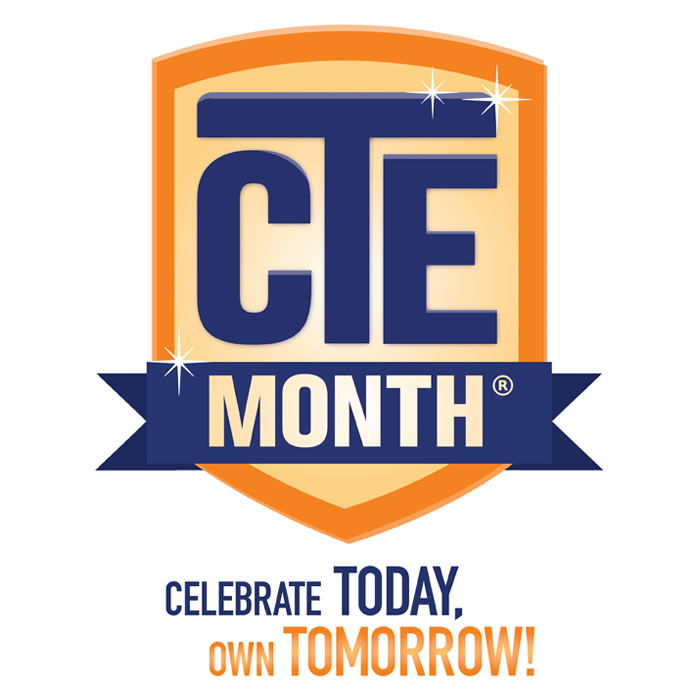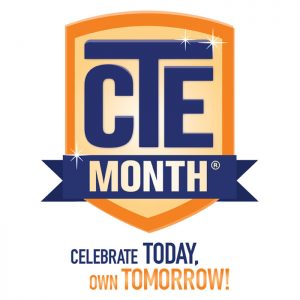

National Administrative Professionals’ Day, also known as Secretaries Day or Admin Day, is observed April 25 this year. Not only is it a great day to appreciate the work of individuals in these fields, but it’s also a chance to draw attention to considering a career as a secretary, administrative assistant, medical or legal secretary, or executive assistant.
Employment trends
As of 2016, secretaries and administrative assistants held nearly 4 million jobs in the U.S. Overall, jobs are expected to decrease in these fields over the next 10 years, with one exception, because of technology changes that enable other workers to perform work previously done by secretaries, such as typing and filing documents, scheduling meetings and making travel arrangements.
The exception is the medical secretary specialty, which is projected to grow very significantly—22% during that time—because of expansion in the healthcare industry. Medical secretary positions will be added to handle billing and insurance processing, for example.
Even with predicted decreases overall, there will continue to be openings as secretaries and administrative assistants change jobs, retire, or leave the occupation for other reasons. And in terms of challenge, the admin professional field is growing in level of responsibility and skill development, making this a stronger career option for many seekers.
What do admin professionals do?
Administrative professionals work in nearly every industry. Most work full time in offices, though a small number work from home on contract to companies. Their tasks generally focus on administrative duties needed to run an organization efficiently. Most organize files, prepare documents, schedule appointments, answer phones and take messages, arrange meetings, and support other staff.
They also use computer software to create spreadsheets; manage databases; and prepare presentations, reports, and documents. They may negotiate with vendors, buy supplies, and manage stockrooms or corporate libraries. Secretaries and administrative assistants also use videoconferencing, fax, and other office equipment.
There are several types of secretaries and administrative assistants. Click the job title below to see a profile of that career:
- Secretaries and administrative assistants are the largest subcategory of secretaries and administrative assistants. They handle office administrative activities in schools, government, and private corporations.
- Executive secretaries and executive administrative assistants provide high-level administrative support for an office and for top executives of an organization.
- Legal secretaries prepare legal documents, such as summonses, complaints, motions, and subpoenas under the supervision of an attorney or a paralegal
- Medical secretaries transcribe dictation and prepare reports or articles for physicians or medical scientists. They also take simple medical histories of patients, arrange for patients to be hospitalized, or process insurance payments.
In terms of mobility, administrative professionals may develop transferable skills that can help them move into other positions, such as finance and HR.
What skills are needed in this field?
Selecting a career that builds on your strengths and makes use of your best skills is a fundamental of good career planning. The most important skills in this field are:
- Decision making – to prioritize tasks, use judgment on issues of confidentiality and reflecting their employer’s values in daily choices.
- Interpersonal – interaction with clients, customers, and other staff is often continuous. Clear communication and courtesy are vital to creating a positive work environment and client experience.
- Organizational – secretaries and administrative assistants keep files, folders, and schedules in proper order so an office can run efficiently.
- Writing – good grammar and proofreading are needed to ensure that memos and emails reflect positively on the organization, and communicate clearly with managers, employees, and customers.
How to become an admin professional
High school graduates who have experience using word processing and spreadsheet programs may qualify for entry-level positions. Taking related courses at technical schools and community colleges can increase job opportunities. Some temporary placement agencies also provide training.
Although most secretaries learn their job in several weeks, many legal and medical secretaries require additional training to learn industry-specific terminology, also available at technical schools or community colleges.
Executive secretaries are usually required to have several years of related work experience, and may need college coursework, or a bachelor’s degree.
Find Education and Training programs across the United States, or enter your local area for programs near you.
Salary expectations
The 2017 national median annual wage for secretaries and administrative assistants was $37,870, with a range of approximately $23,650 to $62,870. Typically, executive secretaries earn the highest salaries, followed by legal secretaries. Medical secretaries on average earn the lower salaries.
Government and corporate environments pay the highest wages, on average. Salaries vary by state and city, but check the Salary Finder to get a glimpse of administrative professionals’ wages across the United States.
Resources
To search for administrative professional job postings in your area, check out CareerOneStop’s Job Finder.
Filter results to see job postings for these specific occupations:
- Executive Secretaries and Executive Administrative Assistants
- Medical Secretaries
- Legal Secretaries
- Paralegals and Legal Assistants
Watch a career video about administrative professional careers
Find professional associations in the field, including:
- International Association of Administrative Professionals . Learning events, networking, and an annual national conference. Find your local branch.


 Did you know CareerOneStop offers a collection of reports to help you better understand the employment climate where you live?
Did you know CareerOneStop offers a collection of reports to help you better understand the employment climate where you live?
 Earning a certification can give you a big leg up in the job market. Or if you are already working in an Information Technology—or IT—field, certifications can distinguish you as more prepared for advancement in your field.
Earning a certification can give you a big leg up in the job market. Or if you are already working in an Information Technology—or IT—field, certifications can distinguish you as more prepared for advancement in your field.
 Many states and districts have developed and adopted financial literacy standards. and if you’re in a school that hasn’t adopted other standards, the national Jump$tart Coalition for Personal Financial Literacy offers
Many states and districts have developed and adopted financial literacy standards. and if you’re in a school that hasn’t adopted other standards, the national Jump$tart Coalition for Personal Financial Literacy offers 
 As of the most recent (2016) national count, there are 2,955,000 registered nurses, or RNs, working in the United States. That’s a huge number of jobs for one occupation! Not only that, RN jobs are expected to continue to grow very fast over the next ten years.
As of the most recent (2016) national count, there are 2,955,000 registered nurses, or RNs, working in the United States. That’s a huge number of jobs for one occupation! Not only that, RN jobs are expected to continue to grow very fast over the next ten years.
 If you’re a math teacher, or someone who just finds math fun or intriguing, the annual celebration of Pi Day is probably already on your calendar. March 14, or 3.14, is the date that matches the first three digits of Pi, the number that describes the ratio of a circle’s circumference to its diameter, and a widely-known mathematical constant. For Pi Day 2018, CareerOneStop spotlights careers that rely on math skills.
If you’re a math teacher, or someone who just finds math fun or intriguing, the annual celebration of Pi Day is probably already on your calendar. March 14, or 3.14, is the date that matches the first three digits of Pi, the number that describes the ratio of a circle’s circumference to its diameter, and a widely-known mathematical constant. For Pi Day 2018, CareerOneStop spotlights careers that rely on math skills.
 percent between 2014 and 2024), dental hygiene is a great career opportunity.
percent between 2014 and 2024), dental hygiene is a great career opportunity. 

 Career and technical education (CTE) focuses on programs designed to prepare students for high-wage, high-demand careers—a goal that’s completely in step with CareerOneStop’s mission of helping individuals develop their capacity and make sound career, training, and job decisions in the new economy. So we went to ACTE’s website to learn more about the how an why students of all ages can benefit from career and technical education.
Career and technical education (CTE) focuses on programs designed to prepare students for high-wage, high-demand careers—a goal that’s completely in step with CareerOneStop’s mission of helping individuals develop their capacity and make sound career, training, and job decisions in the new economy. So we went to ACTE’s website to learn more about the how an why students of all ages can benefit from career and technical education.